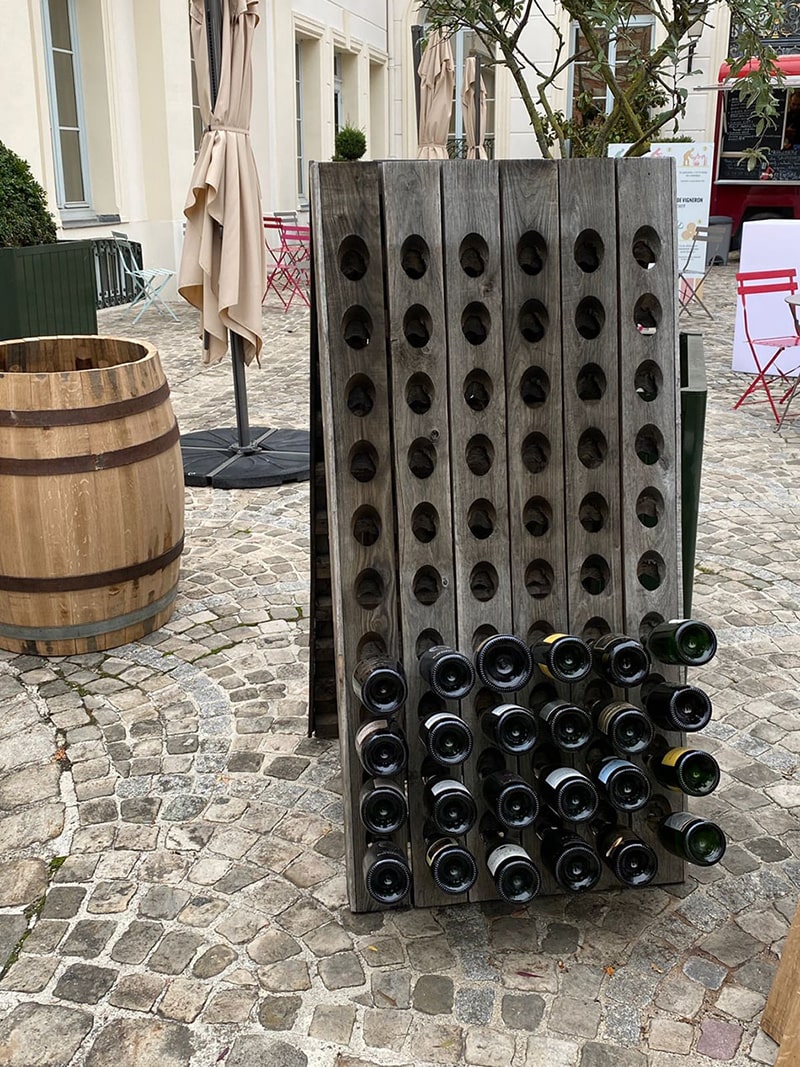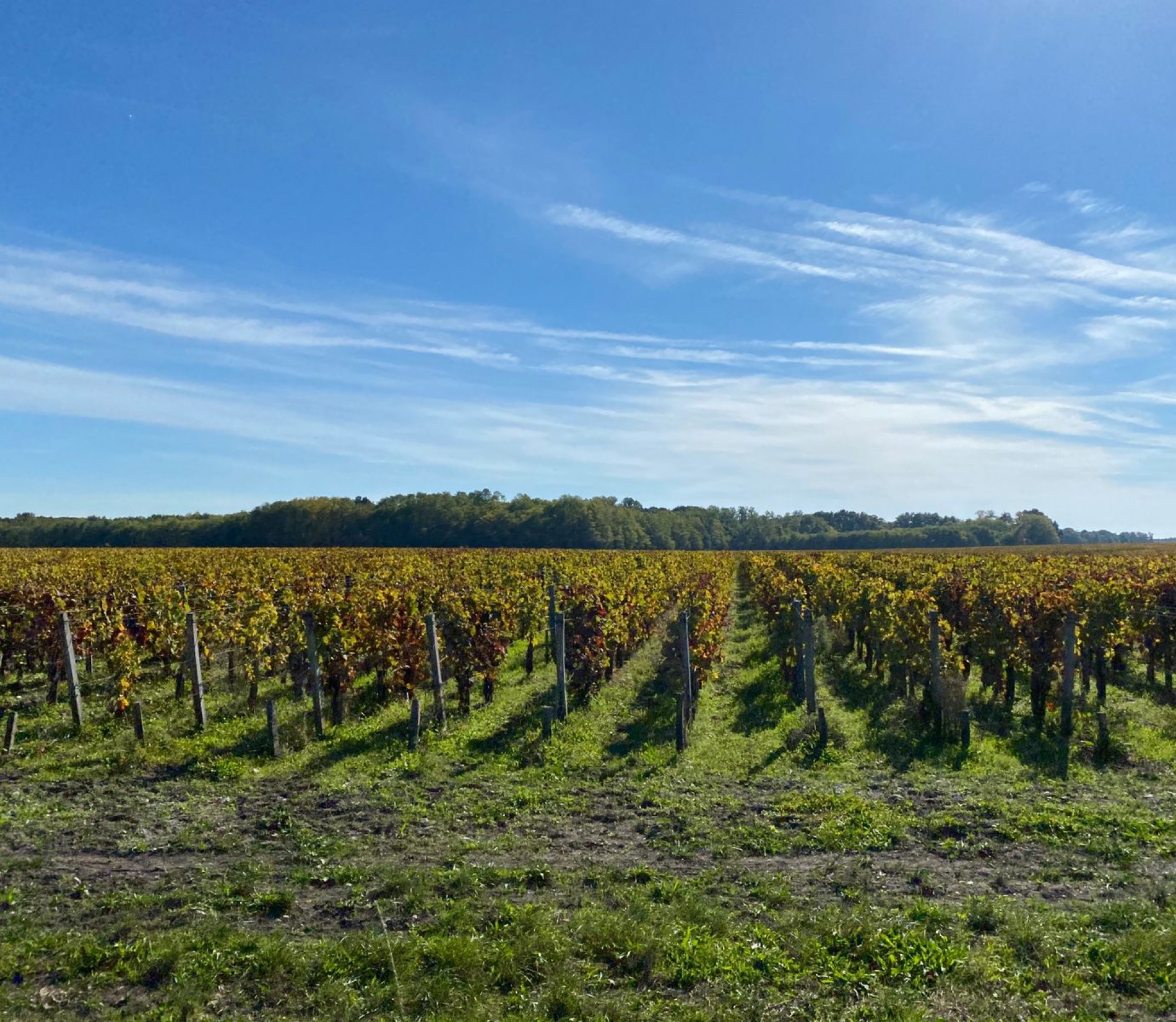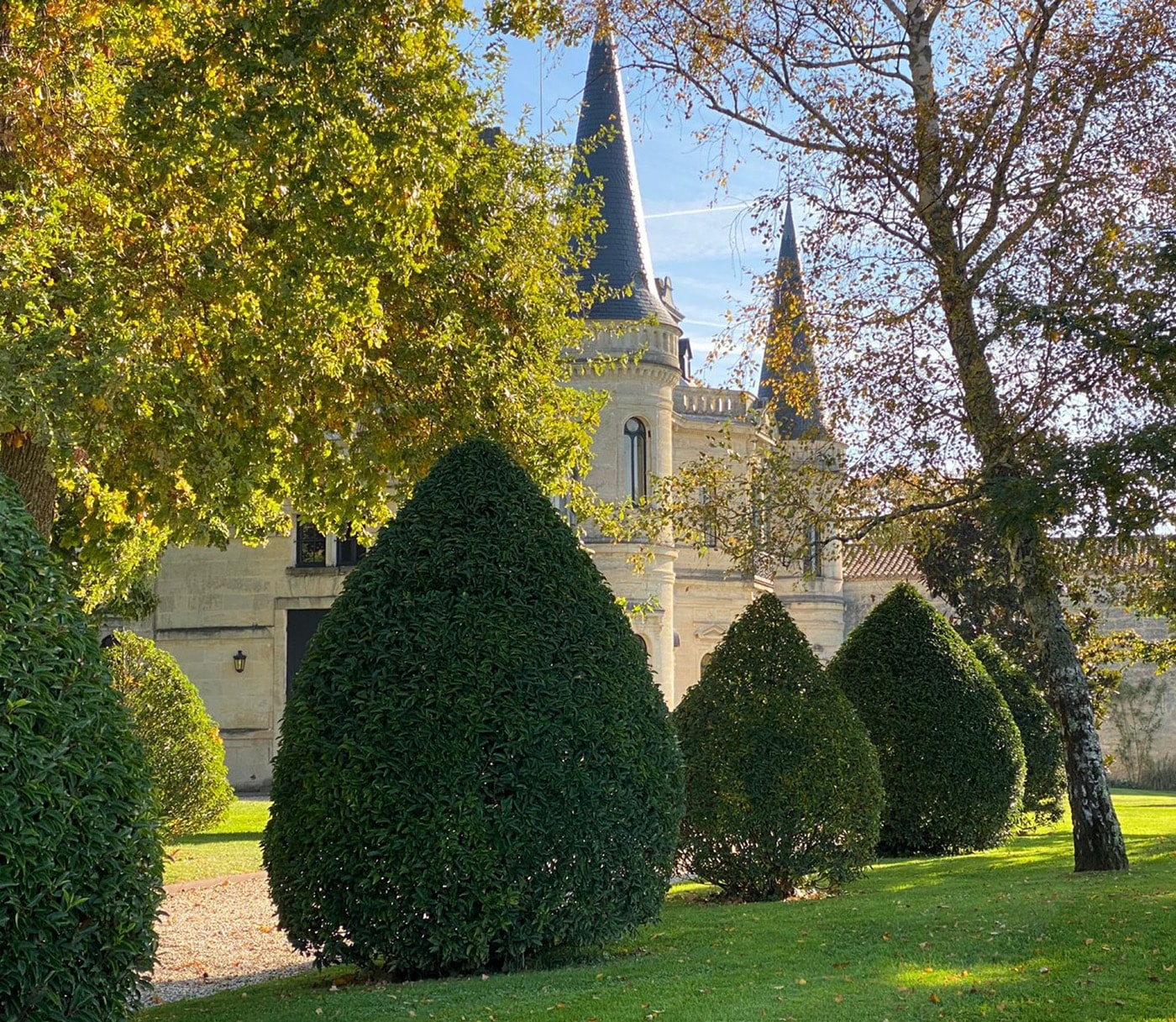Traditional Method sparkling wines, previously "Champagne Method", are the result of a secondary fermentation in the bottle. Other such wines include French Crémant, Spanish Cava, and Italian Franciacorta.
Celebrate Champagne
"Too much of anything is bad, but too much Champagne is just right" - Mark Twain
The Most Famous Sparkling Wine Region in World
- Champagne: A region, a sparkling wine. Located approximately 150 km North-East of Paris, Champagne is centered around the City of Reims. The name "Champagne" is protected and recognized in most countries around the world; it desginates sparkling wine from the Champagne region of France.
- Champagne is typically an assembly of several vintages to ensure consistency of profile from year to year. These champagnes are designated non-vintage (NV) on the labels.
- However, vintage champagnes, easily recognized by the vintage on the label, are produced in exceptional years, when growing conditions are ideal.
- Comments on some of the vintages in the last 20 years are presented below.
Vintage Ratings*
1998: 91 pts.
- Rich, elegant wines, with good balance and intensity.
2000: 89 pts.
- The top examples are balanced, with vibrant structures and finesse; mediumto full bodied.
2002: 94 pts.
- Complexity and richness back by firm, lively structures. The finest will repay cellaring.
2003: 88 pts.
- Few houses declared this vintage. Little Chardonnay due to April frosts. The best can be sumptuous.
2004: 92 pts.
- An abundant harvest. Sleek and vibrant in style.
2005: 90 pts.
- Open-knit and approachable versions capable of short-term cellaring.
2006: 93 pts.
- Well-structured and generous. The best offer fine integration and expression.
2007: 89 pts.
- Difficult growing season. Top producers offer fresh, accesible versions.
2008: 97 pts.
- Vivid, well-structured wines in a classic style. Potentially long-lived.
2009: 93 pts.
- A warm season yielded harmonious wines with fine expression. Approachable, good overall quality.
2010: 88 pts.
- Limited releases from this erratic vintage. Top producers put forth a quality product.
2012: 95 pts.
- A challenging season, with a miraculous recovery at harvest yielding a small but exceptional crop. Ripe and harmonious.
*Per Wine Spectator

Cellar
Notes.
-
1. Traditional Method
-
2. 3 Key Grapes and Two are Red!
Champagne is typically a blend of 3 key grapes varieties, white Chardonnay and black Pinot Noir and Pinot Meunier with the remaining approved varieties representing less than 0.3% of plantings.
-
3. Blanc de Blancs
Blanc de Blancs ("White from Whites") refers to Champagne made from the white grape Chardonnay.
-
4. Blanc de Noirs
Blanc de Noirs ("White from Blacks") refers to Champagne made from the red grapes Pinot Noir and/or Pinot Meunier.
-
5. How Sweet it is...
The final sugar concentration can be adjusted by adding "Dosage Liqueur" (a sugar-wine mix) to the Champagne just before final corking, resulting in the concentration of residual sugar. The range of styles, from Extra Brut to Brut to Demi-Sec to Doux is determined by the amount of the dosage. Brut Nature means no dosage and under 3g/L of sugar.
-
6. How Rare is Rosé Champagne?
Rosé Champagne is the only AOC which allows for blending of white and red wines to create rosé. A rarety, rosé only represents 10% of the total yearly Champagne production.
Curated Wine List
| Product | Vintage | Description | Format | Cellar Code | Price |
|---|
| Product | Description | Format & Price |
|---|



